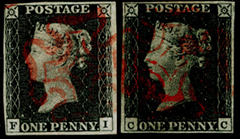 First Issues Collectors Club
of stamps and philatelic material
First Issues Collectors Club
of stamps and philatelic material
Home - Catalog - Categories - Index - Journal - Exhibits - Auctions - Forgeries - Join
 First Issues Collectors Club
of stamps and philatelic material
First Issues Collectors Club
of stamps and philatelic material
Home - Catalog - Categories - Index - Journal - Exhibits - Auctions - Forgeries - Join
| first issues > countries > china > chinese treaty ports |
 |
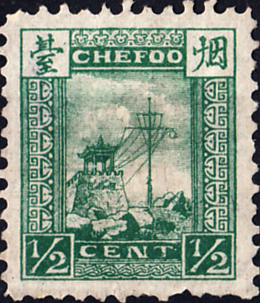 |
 |
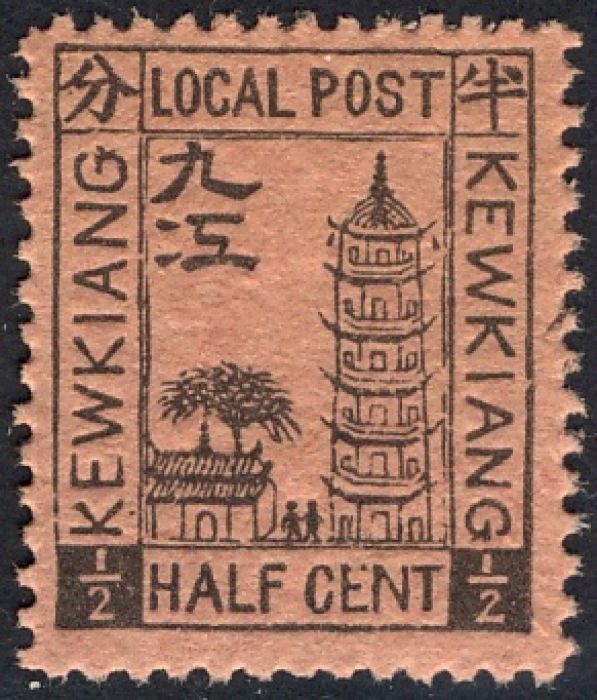 |
1 Hankow |
2 Cheefoo |
3 Chungking |
4 Kewkiang |
| 20th May 1893 Sc1 SG1 | 6th Oct 1893 Sc1 SG1 | Dec 1893 Sc1 SG-M1 | 1st Jun 1894 Sc1a SG1 |
|
|
|||
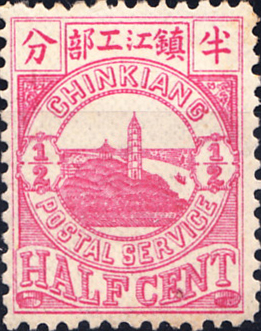 |
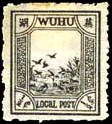 |
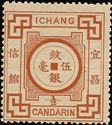 |
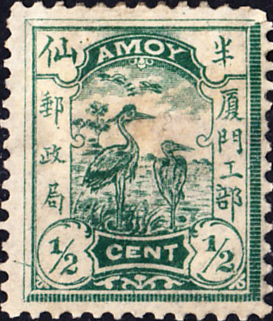 |
5 Chinkiang |
6 Wuhu |
7 Ichang |
8 Amoy |
| 6th Aug 1894 S1c SG1 | 26th Nov 1894 S1c SG1 | 1st Dec 1894 Sc1 SG1 | 8th Jun 1895 Sc1 SG1 |
|
|
|||
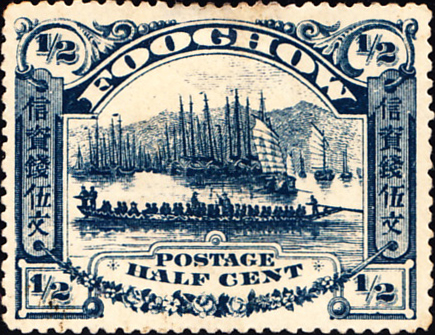 |
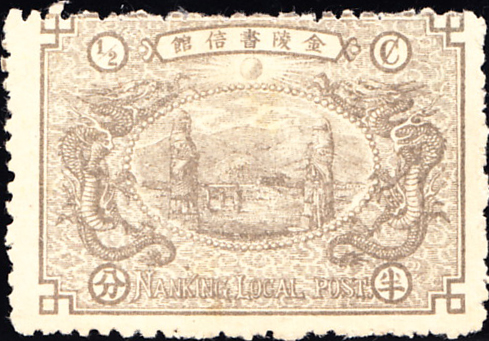 |
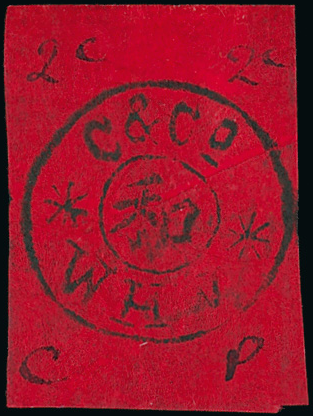 |
|
9 Foochow |
10 Nanking |
11 Wei Hai Wei |
|
| 1 Aug 1895 Sc1 SG1 | 20th Sep 1896 Sc1 SG1 | 8th Dec 1898 Sc1 SG1 | |
| Treaty Ports | ||||||||||
| State | Description | Format | Seq | FI | Sc | SG | Mi | Y&T | $ |
|
|---|---|---|---|---|---|---|---|---|---|---|
| Amoy | ½ cent green | perf 11½, no wmk, litho | 8 | 314 | 1 | 1 | ||||
| Cheefoo | ½ cent green | perf 11½, "smoke" wmk ,litho | 2 | 296 | 1 | 1 | ||||
| Chinkiang | ½ cent rose-red | perf ‡ , no wmk. litho | 5 | 309 | 1 | 1 | ||||
| Chungking | 2 cash red-orange | perf 12½, no wmk, litho | 3 | 297 | 1 | M1 | ||||
| Foochow | ½ cent prussian blue | perf 13½ to 15½ and compound, no wmk, litho | 9 | 317 | 1 | 1 | ||||
| Hankow | 2 cents reddish-violet, pale lilac | rouletted, no wmk, typo locally | 1 | 294 | 1 | 1 | ||||
| Ichang | ½ candarin dull orange-brown | perf 10½-11½, no wmk, typo | 7 | 311 | 1 | 1 | ||||
| Kewkiang | ½ cent black, pink | perf 12, no wmk, typo | 4 | 307 | 1 | 1 | ||||
| Nanking | ½ cent brownish-grey | perf 11½, no wmk, litho | 10 | 321 | 1 | 1 | ||||
| Shanghai † | - | - | - | 122 | - | - | - | - | ||
| Wei Hai Wei | 2 cents black, scarlet | imperf, no wmk | 11 | 337 | 1 | 1 | ||||
| Wuhu | ½ cent black | perf 11½-12½ and compound, no wmk, litho | 6 | 310 | 1 | 1 | ||||
† Shanghai, a port, but not a treaty port, included here for convenience.
‡ Chinkiang, perf 11, 11½, 11x11½ or 11½x11
These posts were set up by foreign traders to save the expense of the existing private mail services. Starting in Shanghai, they expanded along the coast and extended to Japan. When the Imperial Post was established, the restrictions introduced put the Treaty Port posts out of business.